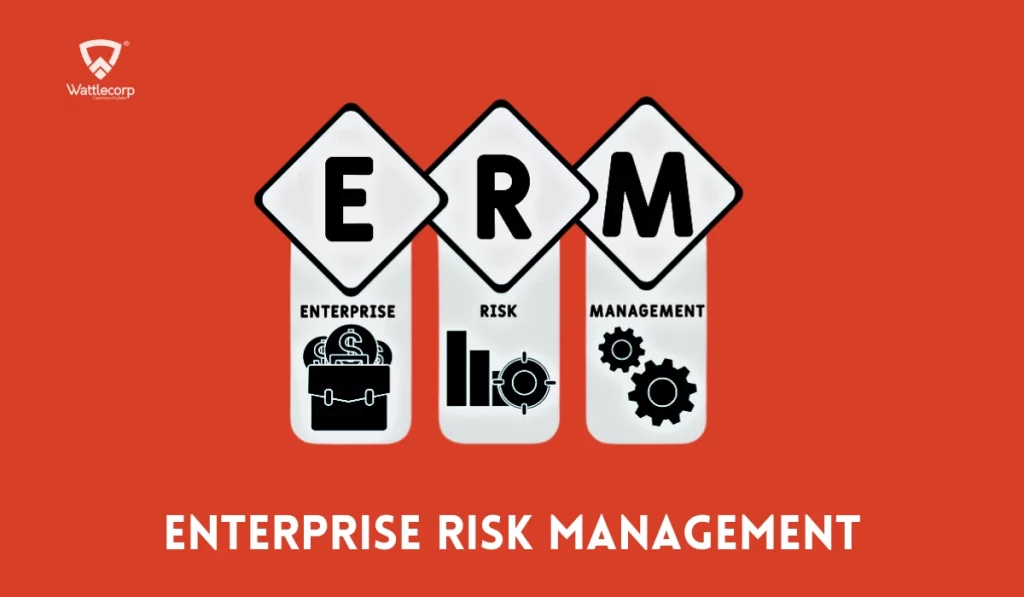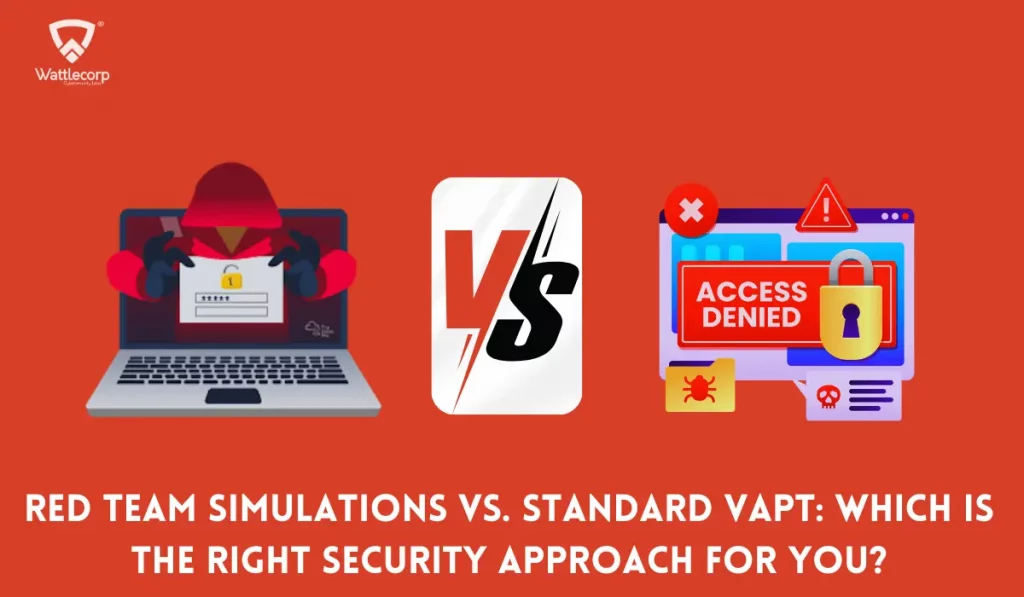Black Box Penetration Testing Services
In Saudi Arabia
Unmatched Protection from Unseen Threats for Unbeatable IT Security
What is Black Box Penetration Testing?
Rapid digitization in Saudi Arabia has brought multiple cybersecurity threats. Black-box penetration testing simulates physical world attacks on your apps, networks, and systems. The ethical hackers try to penetrate your system externally without prior knowledge about the architecture, system design, or code other than what is publicly available. The aim is to find vulnerabilities in the system in time so that they can be fixed.
At Wattlecorp, our expert pentesters use a number of methods to do black-box testing, like: vulnerability scanning, exploratory testing, brute force attacks, wireless network scanning, password attacks, fuzzing, full port scanning, web application scanning, DNS enumeration, open intelligence information gathering, syntax testing, and test scaffolding.


Benefits of Black Box Penetration Testing
Black-box pentesting services from Wattlecorp help you to identify vulnerabilities early, and remedy them before they can cause much damage. The test helps to confirm that the systems and software meet user expectations as it’s conducted externally. The Cybercrime Law in Saudi imposes heavy fines on crimes like malware, breaches, and hacking.
You can prevent data breaches and adhere to regulatory compliance requirements issued by the NCA with regard to operational technology or OT security compliance, build trust in your organization, and ensure business continuity. It also helps you avoid penalties and legal complications which happen after a breach.
Reconnaissance
We define the scope of the test, look at publicly available information regarding your IT infrastructure, apps, and networks, and understand your business model and goals.
VAPT
We define the scope of the test, look at publicly available information regarding your IT infrastructure, apps, and networks, and understand your business model and goals.
Reporting and remediation
Our team prepares a report of the tests and their results, which include the tools and methods used in testing. We also provide a list of recommendations to fix vulnerabilities.
Retest
After implementation of the recommended security fixes, our team repeats the black-box testing to verify system resilience, and compliance with Saudi NCA ECC, PDPL, SAMA compliance, etc.
Listen to People
We help companies to protect their online assets.
Checkout our Services
Start Your Blackbox Penetration Testing Now !
All you need to do is fill the form below.
Recommended Services
Officially recommended by Hackers.
Wireless Penetration testing
Safeguard your wireless networks. Our wireless penetration testing detects and resolves vulnerabilities in your Wi-Fi infrastructure.
Grey Box Penetration Testing
Balance internal knowledge with external testing methods. Our grey box penetration testing combines both approaches to identify potential threats.
White Box Penetration Testing
Thoroughly analyze your systems with full access to internal code & architecture. Our white box penetration testing uncovers vulnerabilities from within.
Advanced Penetration Testing
Stay ahead of sophisticated attacks. Our advanced penetration testing uses cutting-edge techniques to expose and fix vulnerabilities..
Recent Articles
stay up to date with recent news.

Different Types Of Hackers: A Comprehensive Guide (2024)

Tips To Improve Security Of Android Smartphones (2024)

Top 7 VPN Services In 2024

Ripple20 : The Set Of Vulnerabilities

Top 5 Ransomware Variants You Need To Know : Protect Yourself

Outsourcing Cybersecurity: Key Things You Need to Know

AWS Penetration Testing: Checklists, Tools, Strategies, and Best Practices

Manual Vs Automated Penetration Testing: Finding the Right Balance for Your Business

Lessons Learned from NotPetya

Enterprise Risk Management: Frameworks, Strategies, Elements & More

Penetration Testing Compliances In 2024 – Ultimate Guide

DORA (Digital Operational Resilience Act) Compliance- A Comprehensive Guide

IoT Security Risks and Best Practices for Securing Your IoT Devices

Red Team Simulations vs. Standard VAPT: Which is the Right Security Approach For You?

Top 3 Steganography Tools In 2024

Top 10 Mobile App Security Threats In 2025

What Is Security Awareness Training? & Why Is It Important?

vCISO vs CISO: Which One Is Right for Your Business?

What is DevSecOps and Why is It Most Needed in 2025?

Common Web Application Vulnerabilities Putting Your Business At Risk In 2025

The Rising Threat: Ransomware Impacting Mac Users

Free Cybersecurity Courses and Certifications of this Covid Times

Does a Compliance Certificate Guarantee SaaS Security? The Facts vs. the Myths

